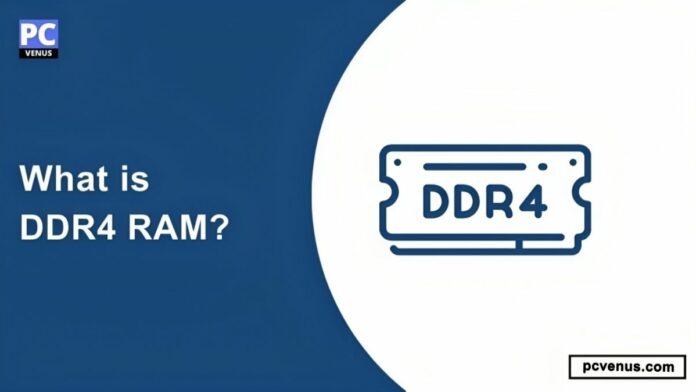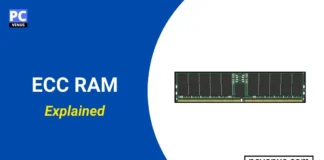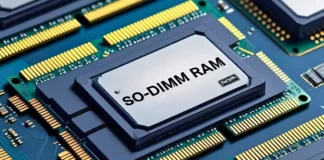Nowadays, new technologies are coming into the computing field, each focusing on working fast. Similarly, DDR4 is one of the latest and greatest computer memory versions, designed to increase the system’s performance and work faster. It performs better and consumes less power compared to predecessor-generation DDR3 RAM. This RAM efficiently handles gaming, multitasking, and intensive tasks, making it the standard memory for creators and professionals.
In this article, we will see why DDR4 is so good. We’ll talk about its special features and how it helps your computer meet all kinds of needs, whether you’re into gaming, working, or doing other cool things on your computer.
What is DDR4 RAM?
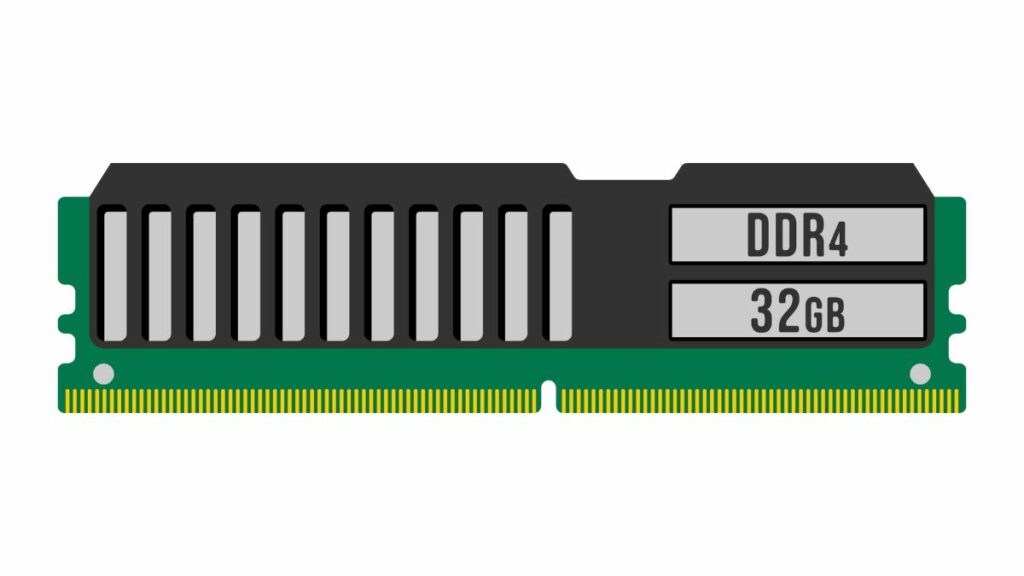
DDR4 RAM stands for Double Data Rate 4 Random Access Memory. It is a type of computer memory where the operating system, application programs, and data in current use are kept.
This new version is the fourth generation of DDR RAM technology, succeeding DDR3. It provides high-speed data access to the processor and other hardware components.
Advantage of DDR4 RAM?
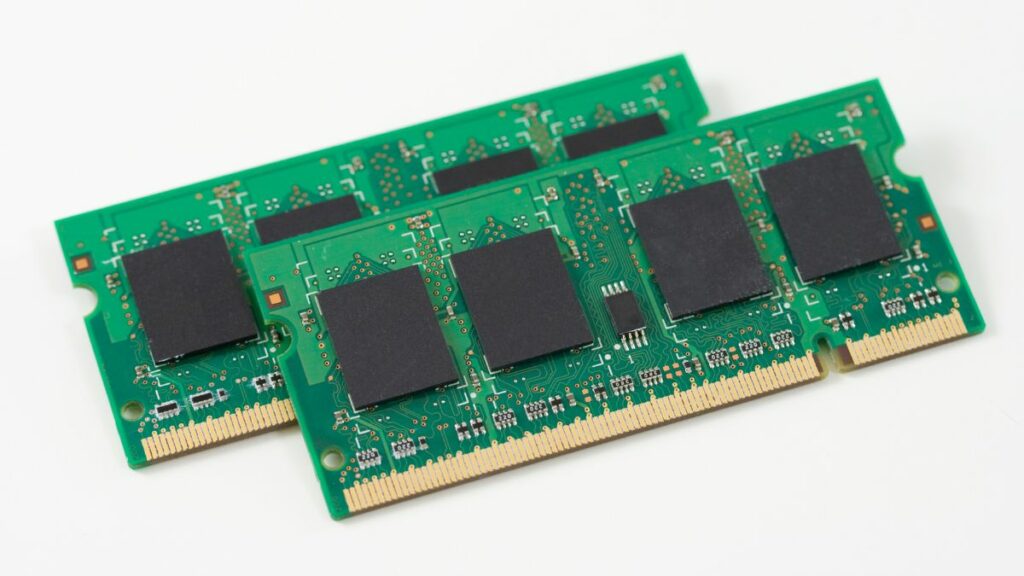
Fast Data Transfer Rates
The DDR4 RAM operates at higher clock frequencies than DDR3 RAM. Clock speed determines how fast data can be transferred between RAM and the processor. Due to its high frequencies, data is transferred at a speed of approximately 1600 to 3200 MT/s.
DDR4 has a larger prefetch size, causing it to fetch and transfer more data per clock cycle than DDR3. Each allows more efficient use of clock cycles, contributing to higher data transfer rates.
It features improvements to the memory bus architecture, enabling more efficient communication between the memory controller and RAM modules, thereby reducing latency and increasing bandwidth.
It is also designed to work with multiple banks and channels simultaneously. This parallel operation enables the system to process and transfer multiple pieces of data simultaneously, further increasing data throughput.
Increased Capacity
DDR4 RAM comes with higher storage capacity than previous generations. It has a 64GB maximum capacity per memory module, whereas DDR3 only has 16 GB. Its 16 GB and 32 GB are very common and are used the most.
Its large memory capacity handles intensive tasks like professional editing, gaming, and multitasking efficiently. Due to the increased capacity of RAM, the system’s performance is also better.
Higher Bandwidth
DDR4 has a higher bandwidth compared to the previous generation. Bandwidth refers to the amount of data transferred between RAM and the processor in a certain period. Its increased bandwidth allows for transmitting more data between RAM and the processor, resulting in faster data transfer.
This increased bandwidth is especially beneficial for tasks like graphics-intensive gaming, video editing, and multitasking, requiring quick and efficient data processing. This facilitates faster data transfer, leading to smoother and more responsive performance.
Due to the high bandwidth, the system retrieves and uses the necessary data quickly, increasing the computer’s performance.
Lower Power Consumption
DDR4 RAM provides higher levels of performance yet consumes less power than its previous generation. Due to low power consumption, the battery of the system lasts longer. Even when the computer does more intensive work or multitasking, it consumes less power, which is a very good thing for a gaming laptop because the battery of a gaming laptop drains very quickly.
Due to its low power consumption, heat production is also very low. Cooler operating temperatures are beneficial to the overall stability and longevity of computer components.
On-Die Termination
The On-die termination (ODT) is a feature integrated into DDR4 RAM modules. On-die termination means that the resistors responsible for terminating electrical signals are physically located on the same silicon chip as the memory cells rather than being placed externally on the memory bus.
ODT reduces signal reflections within the memory system. Signal reflection occurs when electrical signals encounter an impedance mismatch with the memory bus. ODT reduces these reflections by providing controlled termination directly on the memory die, resulting in excellent signal quality.
Additionally, it increases the stability of high-speed memory systems, which is crucial in systems where DDR4 RAM operates at increased frequencies; stability becomes essential.
Improved Error Correction
DDR4 RAM detects and corrects errors during data storage or retrieval processes. Data integrity and reliability are increased due to its better error correction. Advanced error correction is especially important when data accuracy is paramount.
DDR4 vs DDR2 RAM
Data transfer in DDR4 RAM is much faster, transferring data at almost twice the speed of DDR2. DDR4 transfers data at a minimum of 2133 MT/s to a maximum of 5133 MT/s, while DDR2 transfers data at a minimum of 400 MT/s to a maximum of 800 MT/s.
DDR4 has a higher clock speed than DDR2. DDR2 has a clock speed ranging from 400 MHz to 800 MHz, while DDR4 modules have a clock speed of 1066 MHz or higher.
Due to DDR4’s higher clock speed, it takes much less time to access data, resulting in better system response and performance compared to DDR2.
Despite DDR4’s performance being higher than DDR2, it consumes less power than DDR2. DDR4 runs at 1.2V, while DDR2 runs at 1.8V. They also generate less heat, which is beneficial for laptops and other computing devices.
DDR4 and DDR2 memory modules are not interchangeable. These two have different physical dimensions and electrical characteristics, so only DDR4 or DDR2 modules can be used in motherboards that support each respective type.
| Feature | DDR4 RAM | DDR2 RAM |
|---|---|---|
| Architecture | 8-bit prefetch | 4-bit prefetch |
| Burst Length | 8 | 4 |
| Transfer Rates | 2133 to 5133 MT/s | 400 to 800 MT/s |
| Voltage | Aproxx 1.2 Requare | Aproxx 1.8 Requare |
| Module Density | Higher | Lower |
| Compatibility | DDR4 motherboards only | DDR2 motherboards only |
| Performance | Better than DDR2 | Lower than DDR4 |
DDR4 vs DDR3 RAM
Data transfer in DDR4 RAM is much faster than in DDR3, resulting in significantly improved overall system performance. DDR4 transfers data at speeds ranging from 2133 MT/s to 5133 MT/s, while DDR3 transfers data at speeds ranging from 800 MT/s to 2133 MT/s.
DDR4 has a higher clock speed than DDR3. DDR3 has a clock speed of up to 800 MHz, while DDR4 modules have a clock speed of 1066 MHz or higher.
Due to the higher clock speed of DDR4, it takes much less time to access data, leading to a significantly better processing speed compared to DDR3.
DDR4 offers better performance than DDR3, operating at a lower voltage of 1.2V compared to DDR3’s 1.5V or 1.35V.
DDR4 and DDR3 RAM are not compatible with each other. Since they have different physical dimensions and electrical characteristics, motherboards that support both types are rare.
| Feature | DDR4 RAM | DDR3 RAM |
|---|---|---|
| Architecture | 8-bit prefetch | 8-bit prefetch |
| Burst Length | 8 | 8 |
| Transfer Rates | 2133 to 5133 MT/s | 1600 to 12.8 GB/s |
| Voltage | Aproxx 1.2 Requare | Aproxx 1.5 Requare |
| Module Density | Higher | Higher than DDR2 but Lower than DDR4 |
| Compatibility | Not compatible with DDR, DDR2, or DDR3 slots | Not compatible with DDR or DDR2 slots |
| Performance | Better than DDR3 | Lower than DDR4 but, Better than DDR2 |
Things to know while choosing DDR4 RAM?
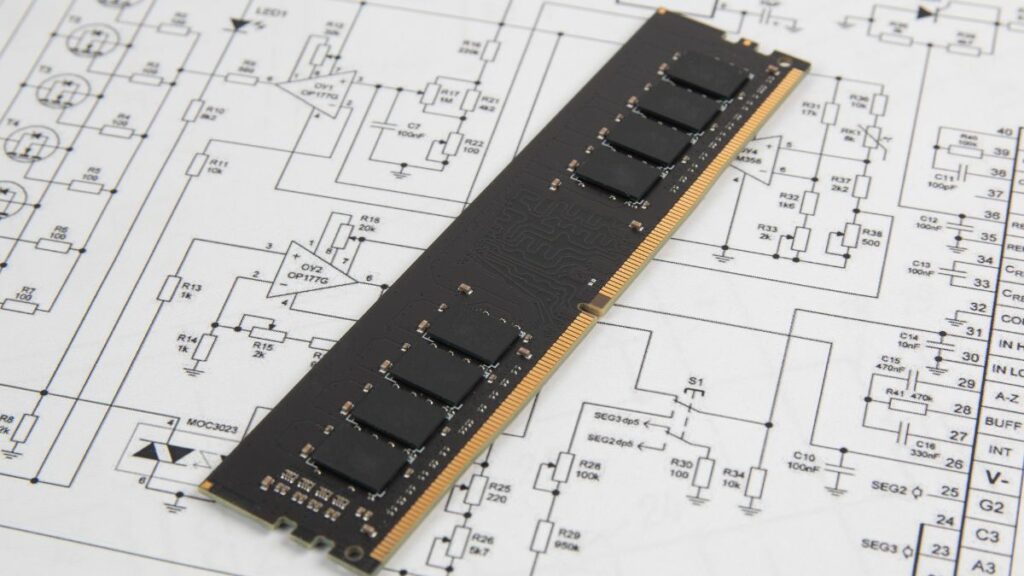
Check Compatibility with the Motherboard
While choosing the new generation RAM, first of all make sure that the RAM you are buying is compatible with the motherboard of your system or not. DDR4 does not work on all motherboards, it is limited to only those motherboards that support it.
For example, if a motherboard supports DDR4-3200, DDR4-2400 will not work as well on it.
The RAM requirements based on usage
When picking RAM, figure out what you need it for. If you’re into gaming, video editing, or multitasking, go for 16 GB to 32 GB of DDR4 RAM. Choose 8GB of RAM for everyday tasks; selecting less might cause difficulties when upgrading later.
Fix the budget
Keep your budget in mind because new-generation RAM like DDR4 is expensive, so invest in RAM if you are considering your work. If you can’t buy DDR4 RAM, you can opt for DDR3, but it won’t be as powerful. If budget is not an issue, consider purchasing DDR5 or a more advanced version of RAM.
Match RAM performance with CPU capabilities
While buying RAM, pay special attention to its performance because RAM affects the entire performance of your system. Match RAM speed to CPU capabilities. The new generation RAM DDR4 has better performance, which will increase the performance of your system.
Consider Energy Efficiency
Additionally, pay attention to the energy efficiency of RAM, as quality RAM contributes to better battery life in your system. DDR4 generation RAM offers improved performance and consumes less power.
Choose Reputable Brands
Buy RAM only from the company that makes good ones because nowadays, many local brands of RAM are available whose performance and remoteness could be better. Buy RAM from companies like Micron, Kingston, Hynix, and Crucial.
FAQs
Is DDR4 RAM good for gaming performance?
DDR4 RAM is an excellent choice for gaming. It offers significantly higher data transfer speeds than previous generations, such as DDR3 or DDR2, making gameplay feel smoother. Due to its higher bandwidth and clock speed, it takes less time to access data, resulting in faster game actions and less input lag.
For best gaming performance, it is not only important to have good RAM, but also a good and dedicated graphics card. The combination of a better graphics card and good RAM takes gaming performance to the next level. If you have a combination of DDR4 RAM and NVIDIA’s RTX 4000 series graphics card, you can play even the most modern games efficiently.
Is DDR4 better than LPDDR4 RAM?
DDR4 has a higher data transfer capacity than LPDDR4; however, LPDDR4 consumes much less battery power than DDR4. LPDDR4 is mostly used in mobile devices such as smartphones and tablets due to its low power consumption, crucial for maximizing battery life. On the other hand, DDR4 is used in desktops and laptops, prioritizing its high data transfer rate.
Does DDR4 RAM work with both Intel and AMD processors?
Yes, DDR4 RAM is compatible with modern motherboards from both Intel and AMD. However, it’s important to check your specific motherboard for compatibility, as not all motherboards support DDR4. Refer to your motherboard’s instructions to ensure it supports DDR4 memory, and verify that the RAM modules meet specifications in terms of speed, capacity, and other features.
Can I use DDR4 RAM in a DDR3 slot?
No, you can’t use DDR4 RAM with DDR3 slots because DDR4 modules have distinct physical and electrical differences compared to DDR3 modules. DDR4 requires a different voltage and has a different pin configuration. Similarly, DDR3 RAM is incompatible with DDR4 RAM slots.
Each generation of DDR RAM has its own specifications, and is not compatible with each other. If your system is designed to use DDR3 RAM, you must use a DDR3 module. DDR4 and DDR2 have also been designed similarly.
Always check your motherboard’s specifications to see what type of RAM it supports before purchasing or upgrading your system’s memory. Installing incompatible RAM damages the motherboard.
Is it worth upgrading from DDR3 to DDR4?
To upgrade from DDR3 to DDR4, Check your daily tasks and workload to determine if your motherboard is compatible with DDR4. If you don’t urgently need better performance for your regular activities, it’s not recommended to upgrade from DDR3 to DDR4, especially since DDR4 is more expensive than DDR3.
However, if you are interested in gaming, multitasking, or other demanding tasks, upgrading to DDR4 would be beneficial. DDR4 handles intensive tasks more efficiently and uses less power, making it a good choice for performance-oriented activities.
You Might Also Like
Final Word
DDR4 RAM is great for almost all computing tasks. It handles everything from everyday tasks to gaming and multitasking efficiently. It accesses data faster, which increases the system’s overall performance.
The best thing about it is that despite its performance being better than the previous generation DDR3, it consumes a lot of power, contributing to the system’s long battery life.
The downside of DDR RAM is that different generations can’t be mixed, so you can only upgrade from DDR3 to DDR4 if your motherboard supports it.
DDR4 RAM is good, but consider your needs before choosing. Basic RAM is fine for office work, but for intensive tasks or gaming, go for DDR4.
